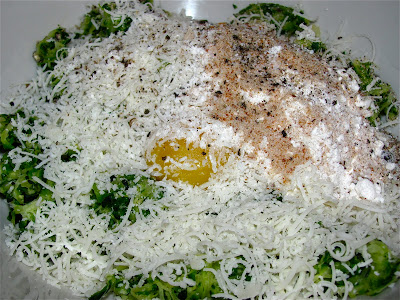Hey, wait a minute. Where do you think you're going? Come back here!
Okay, so it's a rolled up, tied down, funky-ass-looking piece of pig skin.
For eating, yes. In red sauce.
No, I'm not kidding.
Of course it tastes good. What do you think I'm running here?
I was at Frank & Sal over in Bensonhurst, and, well, there it was right in front of me. What was I supposed to do? NOT throw it inside the cooler with all the other stuff that I was transporting back to Maine?
You really do not know me at all, do you?
It had been a long time since I'd made these braciole (the singular is braciola, if you wondered) and so I was pretty hot to get going on them. These are the two pieces of skin that were in the package. They have been rinsed under cool water and patted dry with paper towels.
Recipes vary wildly for these braciole (technically the term for rolled thin slices of beef, but adopted to mean rolled just about anything in Italian-American culture). In addition to a variety of herbs and seasonings, my mother always included whole hard-boiled eggs in the filling. I saw someone recently use pine nuts and raisins even! Right here you have your freshly grated cheese (a mix of Romano and Reggiano), chopped garlic, fresh parsley, salt, ground black pepper and breadcrumbs. The breadcrumbs are entirely optional; in fact, I rarely use them. If you are making the braciole for the first time (you are planning on making them, right?), you may want to skip the breadcrumbs.
Once you have mixed all that stuff thoroughly, lay down a light coating on the inner side of the pig skin.
Roll it up nice, like so.
And then commence to tying.
Once you're finished tying, drop each braciola into a simmering pot of tomato sauce.
What! You don't have a sauce working? Here's a recipe that works for me every time. (If you use this recipe, add the braciole at the same time you add the tomatoes.)
It takes a good couple hours for the pig skin to cook properly, but longer won't hurt it either. (Oh, and unless you enjoy the texture of cooked string, allow me to suggest taking a scissor to these babies and removing the tie-downs before serving.)
Look, I know this sounds like one weird-ass thing to put into your mouth. Believe me, I get it. I wouldn't even go near the stuff for years and years and years. And then more years after that.
But it really is a very, very tasty dish. Not only that, I'm pretty certain that the braciole enhance both the flavor (richer) and character (silkier) of the sauce they are cooked in.
Would it kill you to give it a try?
Really?

































